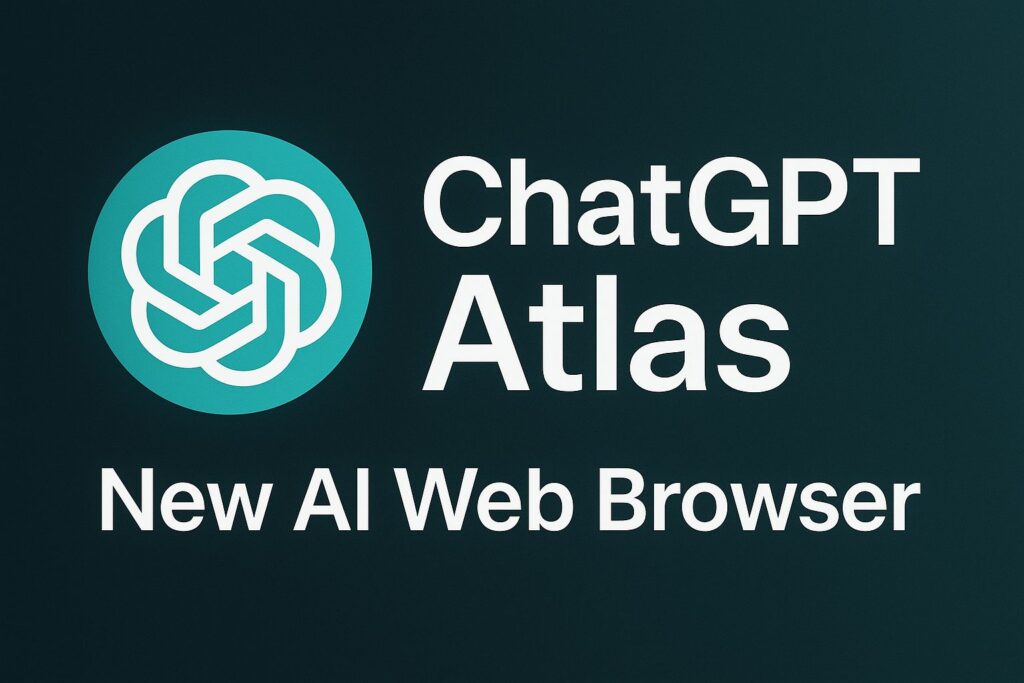Understanding how search engines crawl and index websites is essential in the area of search engine optimization (SEO), as it will help you obtain greater ranks and exposure. “Screaming Frog” is a vital tool that has transformed SEO analysis and website audits. This article will examine Screaming Frog’s features, functionality, and importance for SEO professionals and website owners. Let’s dig in and discover this amazing SEO spider tool’s capability!
Screaming Frog: What is it?
Screaming Frog is a desktop program made for website crawling and data collection for SEO research. It behaves like a virtual spider, imitating the actions of search engine bots, and goes through all of the links, photos, CSS, scripts, and other components of a page. The application then collects this information into a thorough report that offers insights into several SEO facets.
Benefits and Characteristics of Screaming Frog
1.Crawling websites
Screaming Frog does a thorough scan of a website, looking at URLs, locating broken links, and picking up on duplicate material. With the use of this function, website owners may address any problems that prevent search engine bots from properly indexing their sites.
- Analysis of Metadata
To assess their length, relevancy, and keyword usage, the program pulls crucial metadata, including as page titles, meta descriptions, and headers. Websites may increase their click-through rates and get more natural visitors by improving these characteristics.
- Creating an XML sitemap
Search engines need XML sitemaps as a guide to effectively browse the content of a website, and Screaming Frog is able to produce these sitemaps. The indexing of websites can be accelerated and made more precise by submitting an updated XML sitemap.
4.Insights into Page Speed
You may learn more about the performance and loading times of your website with Screaming Frog. Finding slow-loading sites gives you the opportunity to improve them, improving user experience and even achieving higher positions in search results.
- Website architecture visualization
By showing how pages are connected, the tool provides a visual picture of a website’s architecture. This function aids in spotting possible structural problems and enables SEO experts to create more effective internal linking strategies.
The process of using Screaming Frog is rather simple:
Download and install step one
Download the app by going to Screaming Frog’s official website. Depending on your operating system, install it on your computer.
Enter the URL in step two.
Open the program, then type the URL of the website you wish to crawl. To begin the crawling process, click the “Start” button.
Analyze the data in Step 3
Screaming Frog will offer a thorough report when the crawling is over, which you may export for more research. Analyze the data to find areas that need improvement.
Unquestionably, Screaming Frog has changed the SEO landscape. It is a vital tool for both website owners and SEO specialists due to its potent features and user-friendly layout. You may find hidden problems, improve your website’s user experience, and optimize it for higher search engine rankings by making full use of Screaming Frog. Why then wait? Take use of Screaming Frog’s abilities to boost your SEO efforts.
FAQs
- Is Screaming Frog a free tool? While Screaming Frog offers a limited free version, the full suite of features is available in the paid version.
- Can Screaming Frog run on any operating system? Yes, Screaming Frog is compatible with Windows, macOS, and Ubuntu.
- Does Screaming Frog provide keyword research capabilities? No, Screaming Frog is primarily a website crawling and analysis tool. For keyword research, you may need to use other dedicated tools.
- Is Screaming Frog suitable for large-scale websites? Yes, Screaming Frog is designed to handle both small and large-scale websites efficiently.
- Can I schedule regular crawls with Screaming Frog? Yes, the paid version of Screaming Frog allows you to schedule crawls at specific intervals for regular website monitoring.
Discover more from TechResider Submit AI Tool
Subscribe to get the latest posts sent to your email.





